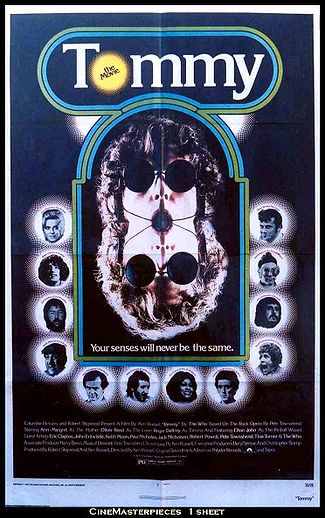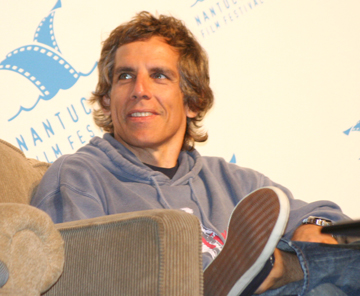 Watching Which Way Is the Front Line from Here? The Life and Time of Tim Hetherington is safer than covering combat, but the HBO documentary by author, journalist and filmmaker Sebastian Junger (The Perfect Storm) is not danger-free. It contains images of maimed bodies that may haunt you on a dark night.
Watching Which Way Is the Front Line from Here? The Life and Time of Tim Hetherington is safer than covering combat, but the HBO documentary by author, journalist and filmmaker Sebastian Junger (The Perfect Storm) is not danger-free. It contains images of maimed bodies that may haunt you on a dark night.
But it also reminds you why you must miss the empathic British war photographer/filmmaker terribly. On April 20, 2011, scant
weeks after his and Junger’s chronicle of American soldiers in Afghanistan, Restrepo, was nominated for an Oscar, tall, lanky Hetherington was felled by mortar during the siege of Misrata, Libya. He was 40 years old.
Which Way highlights his award-winning ten-year career in such hotspots as Sierra Leone, Liberia and Afghanistan. None of this objective journalism stuff for Hetherington. He jumped right into the soup, asked personal questions, took stances and didn't hesitate to protect lives. Stills, footage and commentary give a glimpse into the singular choices he made both behind and beyond his lens. The film’s title comments on Hetherington’s artistic compass no less than on his war zone reporting.
At a preview screening presented by HBO and the Foreign Press Association, Junger reflected on his film and much-lamented friend. Hetherington plainly excelled at his craft, but it's just as clear that, given the choice between getting the shot or engaging humanity, he’d have happily walked away empty-handed, recalled Junger.
“The point wasn’t the photography; the point was what he was doing with this other human being, and as a result, he got great photos.” The medium wasn’t the message for Hetherington. “He used video; he used audio, exhibits in studios; I think he would’ve used crayons if he could’ve gotten away with it to tell stories,” Junger mused. I chimed in with a couple of questions:
Q: Your film has a lot of close-ups. How did Tim’s aesthetic and principle of human engagement influence your filmmaking and your aesthetic choices?
SJ: One thing I noticed with Tim in (Afganistan’s) Korangal Valley: we were each shooting video (for Restrepo) and had very different styles. You could always tell his footage because it very often starts in very close up; he grabs the focus and then he pulls out. What he was doing was sort of utilitarian, but it’s really quite lovely stylistically. It really gave me a taste for that. I hadn’t noticed (my close-ups in Which Way), but maybe unconsciously…
Q: How did you match music and image, and how did you avoid being maudlin?
SJ: You need a light touch. You don’t want to force people to have emotions because you’re covering them with music. You have to let people come to the music. I wanted something that was somber but not dispirited. Tim was a very joyful person. I wanted a few slightly Middle Eastern themes in there. Also there are moments where it’s more sounds than music. I wanted not quite sound design, not quite a thumping heartbeat, but something more atmospheric than a score.



















 Watching Which Way Is the Front Line from Here? The Life and Time of Tim Hetherington is safer than covering combat, but the HBO documentary by author, journalist and filmmaker Sebastian Junger (The Perfect Storm) is not danger-free. It contains images of maimed bodies that may haunt you on a dark night.
Watching Which Way Is the Front Line from Here? The Life and Time of Tim Hetherington is safer than covering combat, but the HBO documentary by author, journalist and filmmaker Sebastian Junger (The Perfect Storm) is not danger-free. It contains images of maimed bodies that may haunt you on a dark night. 











